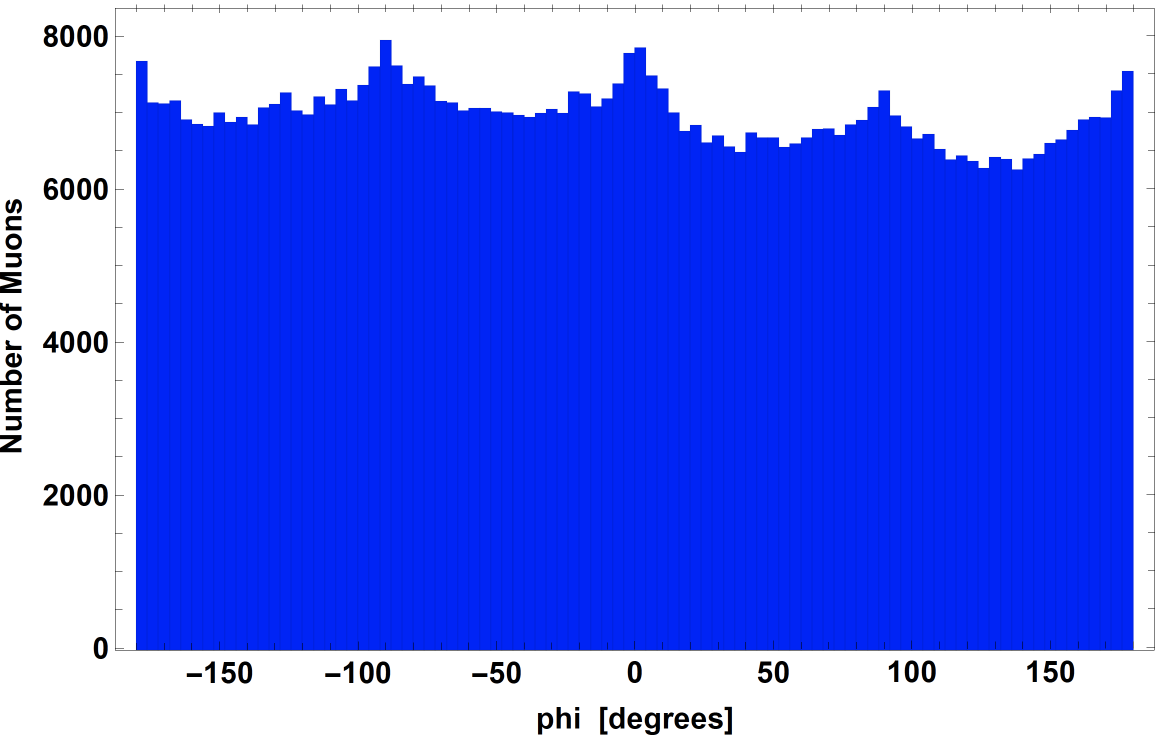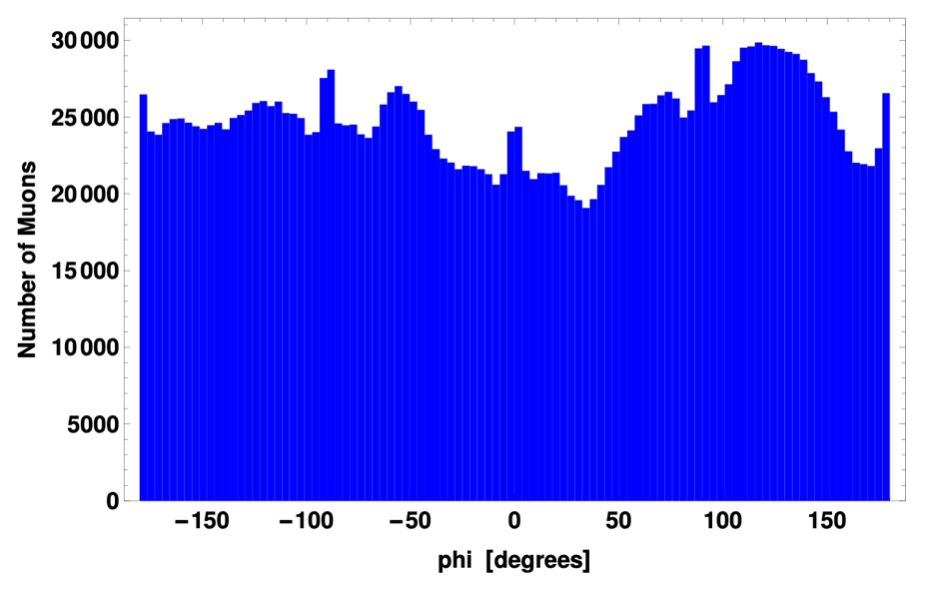Cosmic-Ray Detection
There are highly energetic particles that continuously hit the Earth’s upper atmosphere triggering the generation of “showers” of particles towards ground. Only a small fraction of the shower will reach to the sea level and it is mainly composed of muons. A muon is the “fatter brother” of the electron and it is not stable. Muons have been studied for many years because they can be the messengers of what is happening in the Universe. However, they usually represent a big concern for Dark Matter and Neutrino experiments that look for very rare events (the reason why the Gran Sasso National Laboratory is located inside a mountain where the 1400 m of rock shielding are used filter out the 99.9999% of the muons). But sometime muons are ideal probes.
Nowadays, "Muon Tomography” and “Muon Imaging Transmission” are used to look for the integrity of large/inaccessible infrastructure (core of nuclear power plants), to look for hidden space (very recently a hidden chamber has been discovered in the Great Pyramid of Giza, Egypt) and even for homeland security.
We developed in-house a muon tracking system that can be used to map in 3D a building and to provide a precise measurement of the muon flux. The system was originally meant for outreach activities, thanks to its complexity, became a strong asset for science measurements.
The detection technique is based on the use of plastic scintillator bars and Silicon Photomultipliers. The muon tracker is equipped with 200 channels organized in two views (XZ and YZ). The hundred channels of each view are further subdivided in groups of ten to form a detection plane. Two corresponding planes (i.e. at same height) of different views form a detection layer. Orthogonal bars in a layer allow for the X-Y reconstruction, while the Z coordinate is given by the height of the layer.
Each detection channel is equipped with a preamplifier and a discrimination circuit, while the SiPMs are biased in groups of five (two different voltages can be applied per plane). The electronics readout of each view consists in one single board. The trigger logic can be defined locally through a switch or remotely by means of a computer interface. Data acquisition is embedded in the electronics and the data stream is stored in real time by means of a serial connection between the board and a laptop computer.

Angular distribution of muons detected outdoor in Saadiyat Island (Abu Dhabi).

Angular distribution of muons measured at the Astroparticle laboratory at NYUAD.
We have measured the angular distribution of muons measured with the detector operating outdoor in Saadiyat Island (top) and at the Astroparticle Lab of NYUAD (bottom). The effect of the building is clearly visible on the bottom histogram, while the distribution on the top histogram is almost flat (we have estimated an east-west effect, due to the terrestrial magnetic field, of about 2%). The pronounced spikes found on both of the histograms are related to the finite granularity of the detector and mainly due to muon tracks that are parallel to the detector walls.

Silicon Photomultiplier manufactured by Advansid used as photosensor in the muon detector.